Table of Contents
Part 1: Configuring NTLM Authentication with BIG-IP APM
BIG-IP’s Access Policy Manager (APM) can function as an NTLM SSO authority, bridging domain-joined Windows clients into backend web apps or file shares.
1.1 Prerequisites
- Licensed BIG-IP with LTM and APM provisioned at Nominal or Full.
- Network reachability to Active Directory domain controllers (TCP/UDP 389/636, 88).
- A service account in AD with permissions to create and manage computer accounts.
- Clients must be joined to the same AD domain you configure in APM.
1.2 Join BIG-IP to the AD Domain (Machine Account)
- Log in to the BIG-IP GUI as
admin. - Navigate to Access → Authentication → NTLM → Machine Account.
- Click Create, then enter:
- Name: e.g.
ntlm-machine. - Domain FQDN:
corp.example.com. - Domain Controller FQDN: e.g.
dc01.corp.example.com. - Admin User/Password: credentials of your AD service account.
- Name: e.g.
- Click Join. After a moment, the NetBIOS Domain Name should auto-populate and APM will create a computer account in AD.
1.3 Create an NTLM Authentication Configuration
- Go to Access → Authentication → NTLM → NTLM Auth Configuration.
- Click Create and specify:
- Name: e.g.
ntlm-auth. - Machine Account Name: select your
ntlm-machine. - Domain Controllers: add one or more FQDNs for redundancy.
- Name: e.g.
- Click Finished.
This tells APM which DCs to contact when performing NTLM handshakes.
1.4 Configure NTLM SSO for Web Applications
- Navigate to Access → Single Sign-On → NTLM/Kerberos → NTLM SSO.
- Click Create and enter:
- Name:
ntlm-sso. - NTLM Auth Config: select
ntlm-auth. - NTLM SSO Type: choose Domain Name or Workstation Name (Domain Name for browser-based).
- Name:
- Define any URL or Hostname patterns if you want to restrict which sites use NTLM.
- Save the profile.
1.5 Build an Access Policy
- Go to Access → Profiles/Policies → Access Profiles and Create a new profile (type: Web Access, Portal Access, or Native Web).
- Edit the Access Policy:
- Start with an AD Auth or Logon Page item if you need a fallback.
- Insert an NTLM Auth item and bind your
ntlm-authconfiguration. - Insert an SSO Credential Mapping item pointing to
ntlm-sso.
- Save and Publish the policy.
1.6 Associate with a Virtual Server
- In Local Traffic → Virtual Servers, create or edit your web VIP.
- Under Access Policy, select your newly created Access Profile.
- Optionally assign HTTP profiles (e.g., http, http-redirect).
- Apply changes and test:
- From a domain-joined Windows client using IE or Edge, browse to the VIP.
- If all is correct, the browser will seamlessly negotiate NTLM and present you as an authenticated user to the backend.
Part 2: Setting Up BIG-IP as an SSH Jump Server
By extending APM’s Portal Access and WebSSH features, BIG-IP can proxy SSH connections—effectively acting as a bastion or jump host.
2.1 Prerequisites
- BIG-IP licensed & provisioned for LTM, APM, and iRules LX (for advanced scripting).
- WebSSH package installed on BIG-IP (version 13.x+).
- Internal SSH servers reachable from the BIG-IP data VLAN.
- Authentication backend (LDAP/RADIUS/SAML) configured in APM, or Smart-Card/CAC PKI if required.
2.2 Create Portal Access List
- Navigate to Access → Connectivity/VPN → Portal Access.
- Click Portal Access List, then Create.
- Name: e.g.
ssh-jump-portal. - Virtual Server: select or create an APM-terminated VIP (e.g.,
ssh-jump-vip:443). - Portals:
- Type: Webtop (browser portal).
- Resource Type: WebSSH.
- Name:
SSH-Console. - Connection Information: hostname/IP and port of the internal SSH server.
- Save and Apply.
2.3 Build an Access Policy for SSH
- Under Access → Profiles/Policies → Access Profiles, Create or Edit your SSH portal profile.
- In the Access Policy editor:
- Logon Page or LDAP Auth for primary user authentication.
- Multi-Factor Auth (optional).
- Branch item to direct traffic to the
ssh-jump-portalWebtop on success. - Allow the WebSSH download and proxy.
- Save and Publish your policy.
2.4 Enable WebSSH Client
- Ensure WebSSH is installed:
tmsh show sys software
- If missing, install via F5 support mirror or iControl REST.
- On your ssh-jump-vip, under HTTP Profile, confirm that WebSSH is enabled in the HTML/UA passthrough settings.
When a user connects to https://ssh-jump.example.com in a browser:
- They authenticate via the APM policy.
- They land on a Webtop showing the
SSH-Consoleresource. - Clicking it launches an in-browser SSH terminal (WebSSH) to the internal host—no client install needed.
2.5 Advanced: Smart-Card Authentication & iRules LX
For FIPS-level strong authentication and audit logging:
- Configure Smart-Card authentication under Access → Authentication → Remote-ClientCert.
- Import your PKI CA and CRLs, and bind certificates to APM login.
- Use an iRule LX to inject SSH session logging headers or implement per-user authorization.
- Monitor logs in
/var/log/apmand via Analytics to audit SSH sessions.
Best Practices & Troubleshooting
- Clock Skew: NTLM and Smart-Card auth depend on time sync—ensure NTP is configured and accurate.
- DNS Reliability: Both NTLM machine-account joins and SSH jump host lookups rely on DNS—use redundant resolvers.
- Session Timeout: Define inactivity timeouts in your APM access profile to drop orphaned SSH sessions.
- High Availability: In HA pairs, sync your Machine Account and Access Policy configurations, and ensure Smart-Card middleware is installed identically on both units.
- Client Compatibility: NTLM SSO works best with Internet Explorer/Edge and Chrome on Windows; Firefox may require explicit security zone settings.
- WebSSH Performance: Web-based SSH can lag under high latency—consider TCP optimization profiles or using the native SSH proxy method (iRules LX) for heavier use
Please follow and like us:

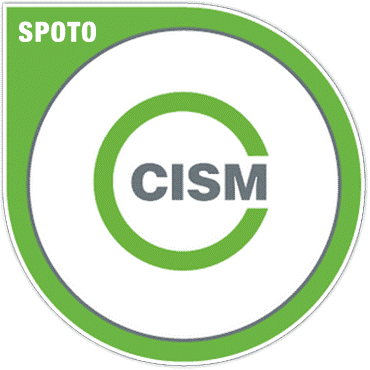

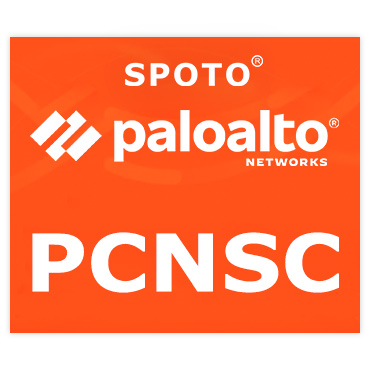
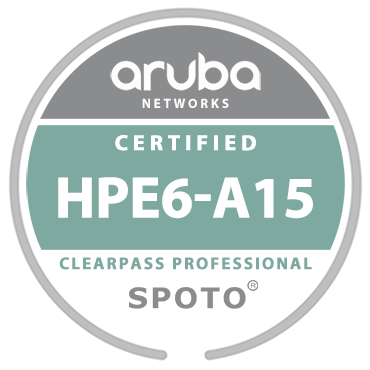
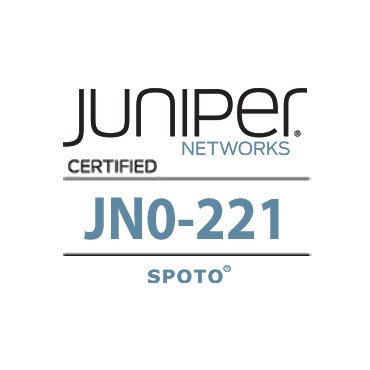

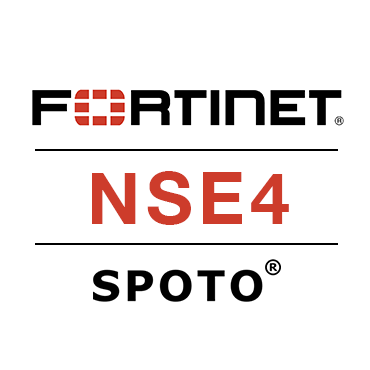
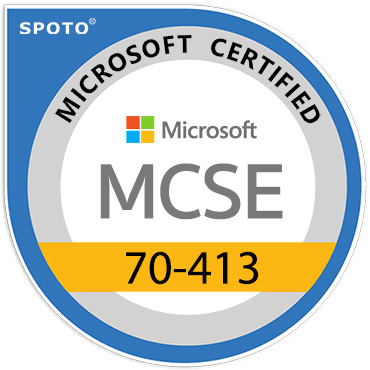

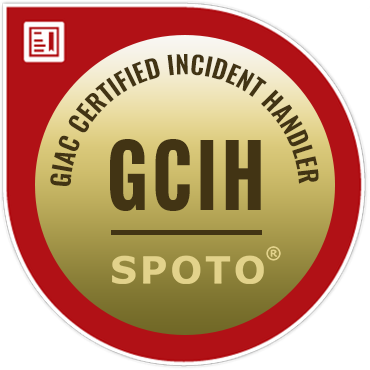

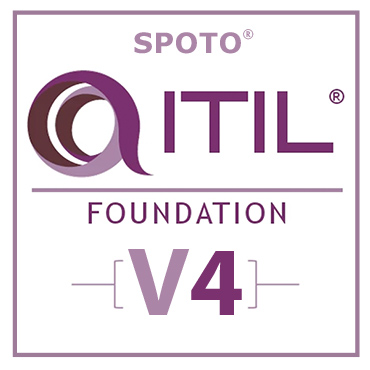
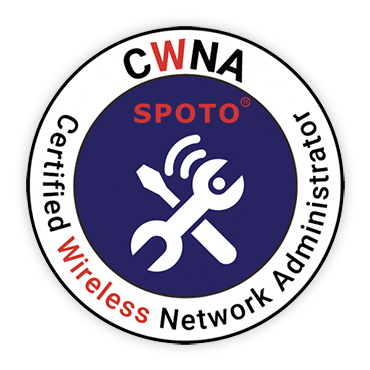
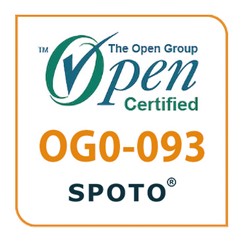


Comments